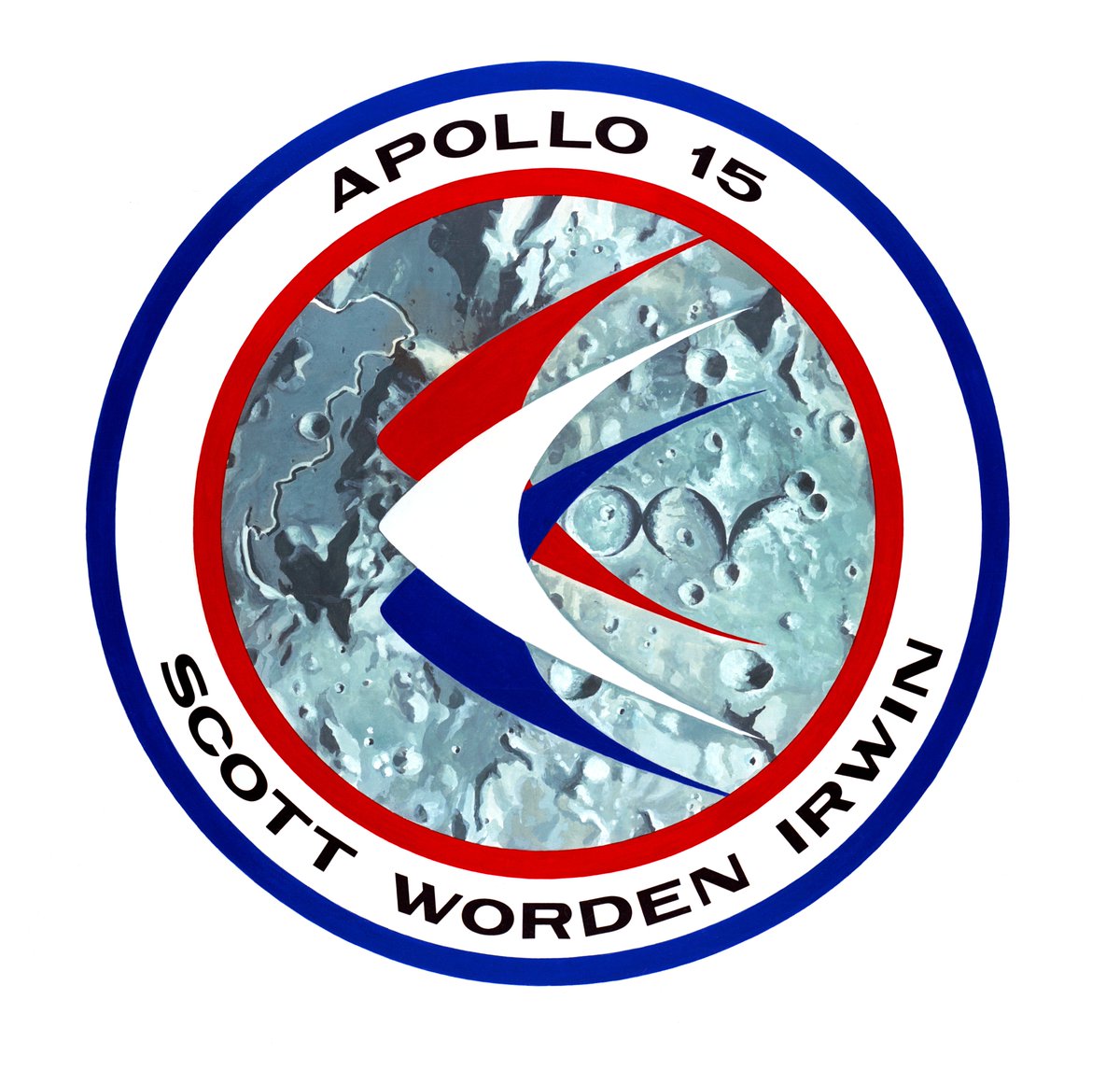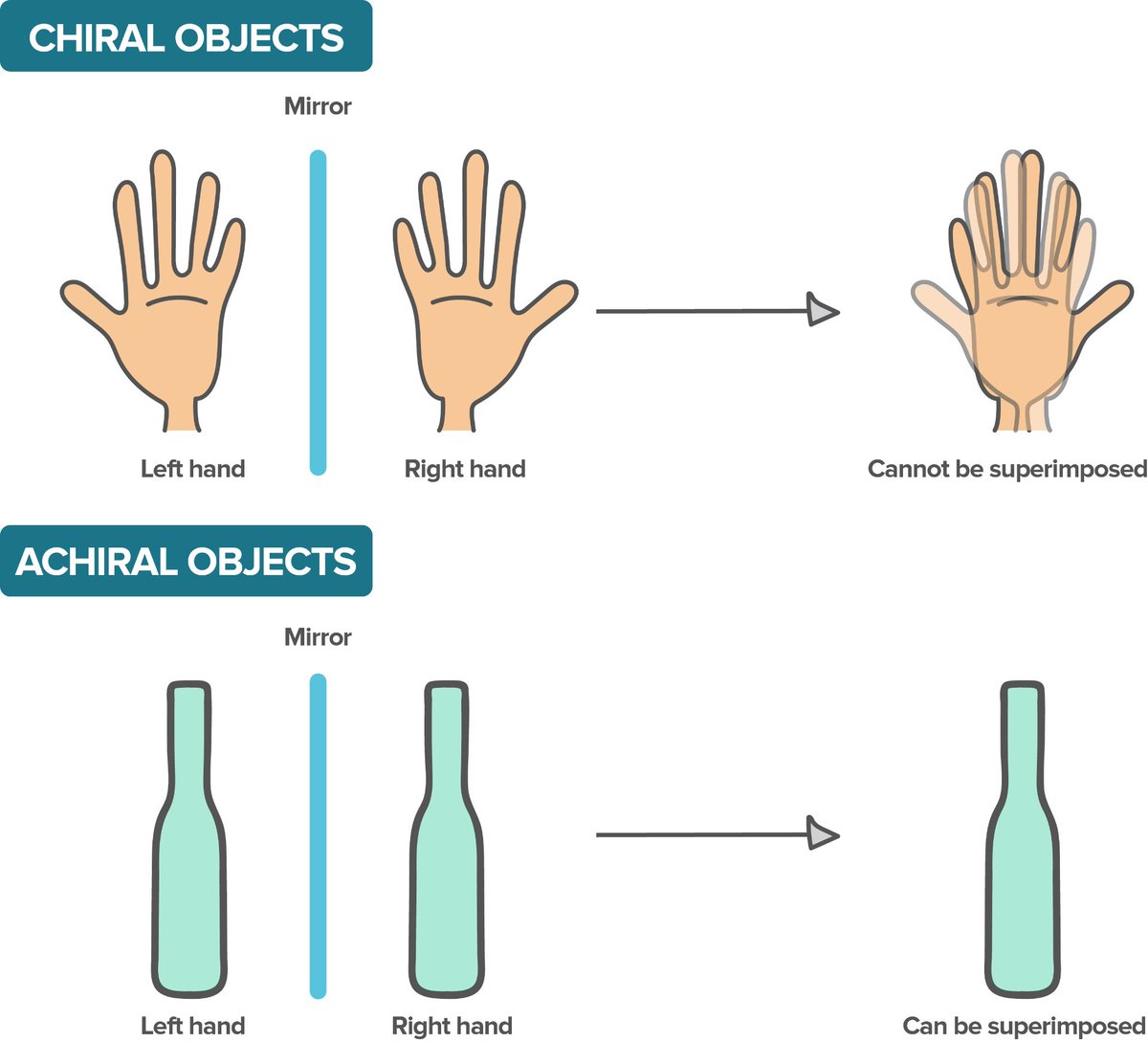We have 40 minutes until the NASA livestream begins and I’m very excited #CountdownToMars
And the livestream is starting! #CountdownToMars mars.nasa.gov/mars2020/timel…
Atlas V never fails to impress me. It’s just so big! #CountdownToMars
Fantastic to hear from @moogega on the history and goals of Mars missions #CountdownToMars
Putting my historian hat on: it’s really cool to see the longevity of engineering and expertise at NASA #CountdownToMars
Engineering heritage (learning from previous missions) important to @NASAPersevere, as it is for @ESA_ExoMars #CountdownToMars
One of the reasons for this is that mission proposals can get rejected/cancelled/rescoped/recycled over decades, so building on what you already have rather than reinventing the wheel becomes important.
The PIs I spoke to all stressed the importance of patience here
Now talking about #Ingenuity, the amazingly light helicopter drone designed to fly through Mars’ thin atmosphere. Good luck to everyone supporting Ingenuity - we’re rooting for you! #CountdownToMars
More material culture: @NASAPersevere has a “Covid plate” to symbolise the challenges of life and work during the pandemic #CountdownToMars
We have liftoff! #CountdownToMars
All looks OK so far. Now supersonic, just reached max Q #CountdownToMars
Centaur separation #CountdownToMars
Sociologist hat on: launches provoke such strong emotion, it’s really interesting to see
Next burn is in 30 minutes or so #CountdownToMars
Gotta love the full-scale model. NASA has been building these since at least the 1960s for publicity and engagement purposes #CountdownToMars
Gearing up for the second burn #CountdownToMars
Burn started 🔥 #CountdownToMars
Now on an escape trajectory #CountdownToMars
And Percy is off to Mars! @NASAPersevere should be getting to the Red Planet come February. I look forward to whoever will be curating this account then covering the landing
The Martian landing is called the “seven minutes of terror” thanks to the thin atmosphere. It’s a well-deserved name. smithsonianmag.com/videos/categor…
Separation confirmed and applause! #CountdownToMars
And with that, I’m going to prep for my next interview (not about Mars, but definitely going to chat about it.) Talk to you all later!
Looks like @NASAPersevere called home. Breathing easier now. #CountdownToMars
• • •
Missing some Tweet in this thread? You can try to
force a refresh













